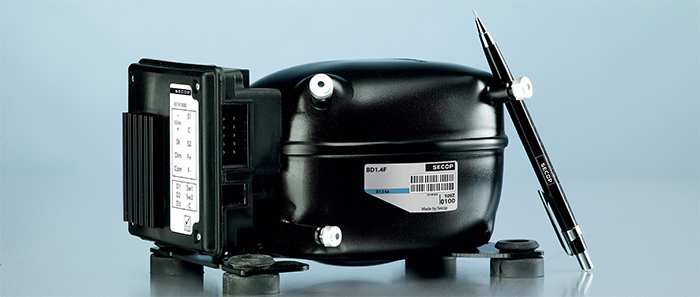Ideally, eco friendly refrigerants would have all of the same properties as those originally used, but would not cause any environmental damage. In an effort to mitigate the damage caused by the use of chemicals such as CFCs new gases such as R600a Isobutane are becoming more common. R600a is popular due to the combination of its excellent thermodynamic properties combined with the fact that it does not deplete the ozone layer in any way and has a very low global warming potential. It is suitable for domestic, commercial and industrial refrigeration units but cannot be used to retrofit any that already exist. R290 Propane, also known as Care 40, is a second popular choice as an eco friendly refrigerant. Like R600a it is popular due to the combination of its thermodynamic properties with its low environmental impact. It is also unsuitable for retrofitting existing CFC systems due to its flammable nature.
In the US, the Environmental Protection Agency has allowed for more substances to be used in refrigeration units in an effort to allow companies access to more eco friendly refrigerants. The idea is that different chemicals have different properties and that some will be more suitable than others depending on the requirements of the refrigeration units. This follows advances that were already made in other parts of the world such as the European Union and various parts of Asia. The adoption of such practices is essentially inevitable and will likely be followed by greater incentives for companies to continue to adopt these eco friends refrigerants.

